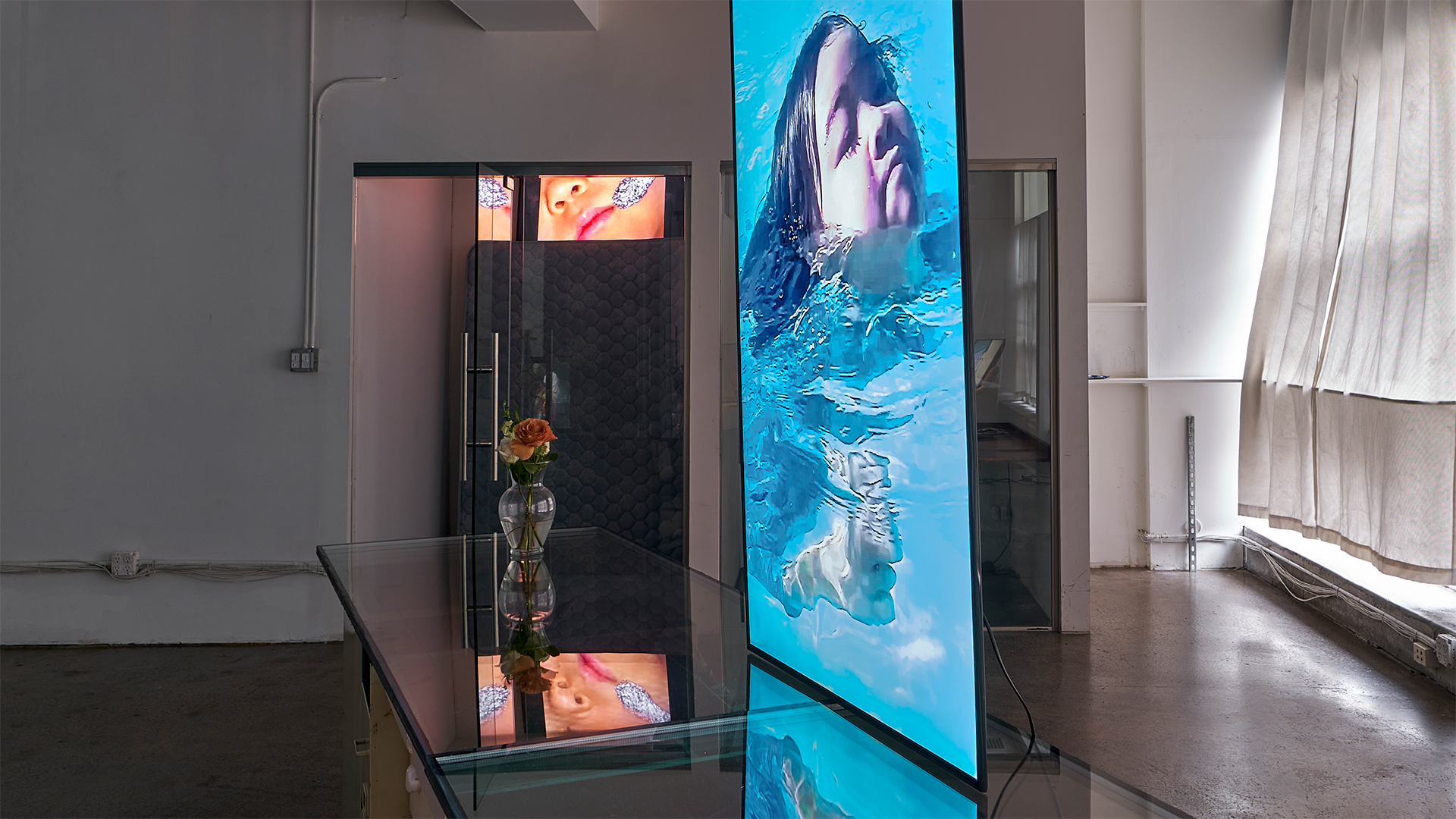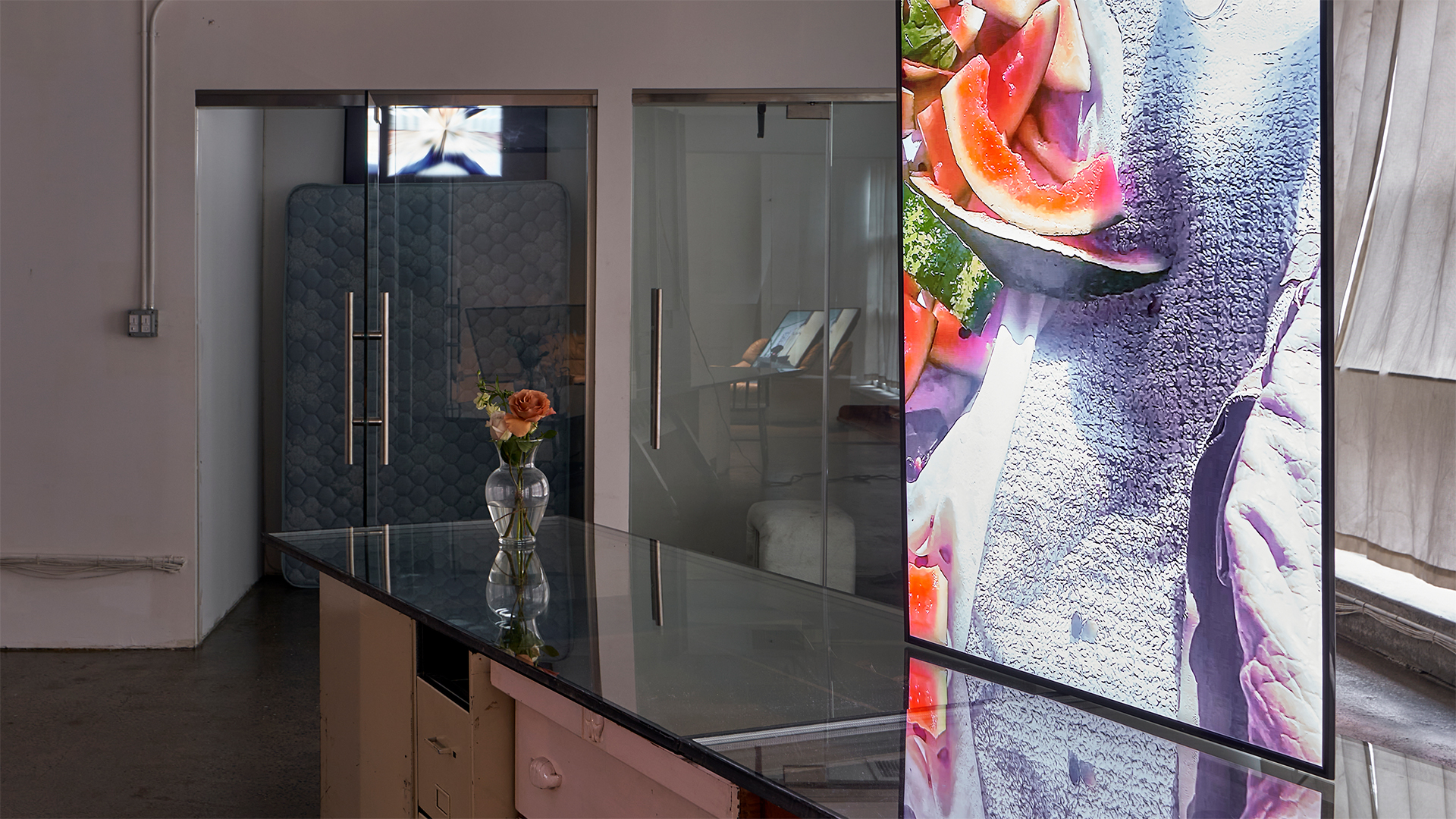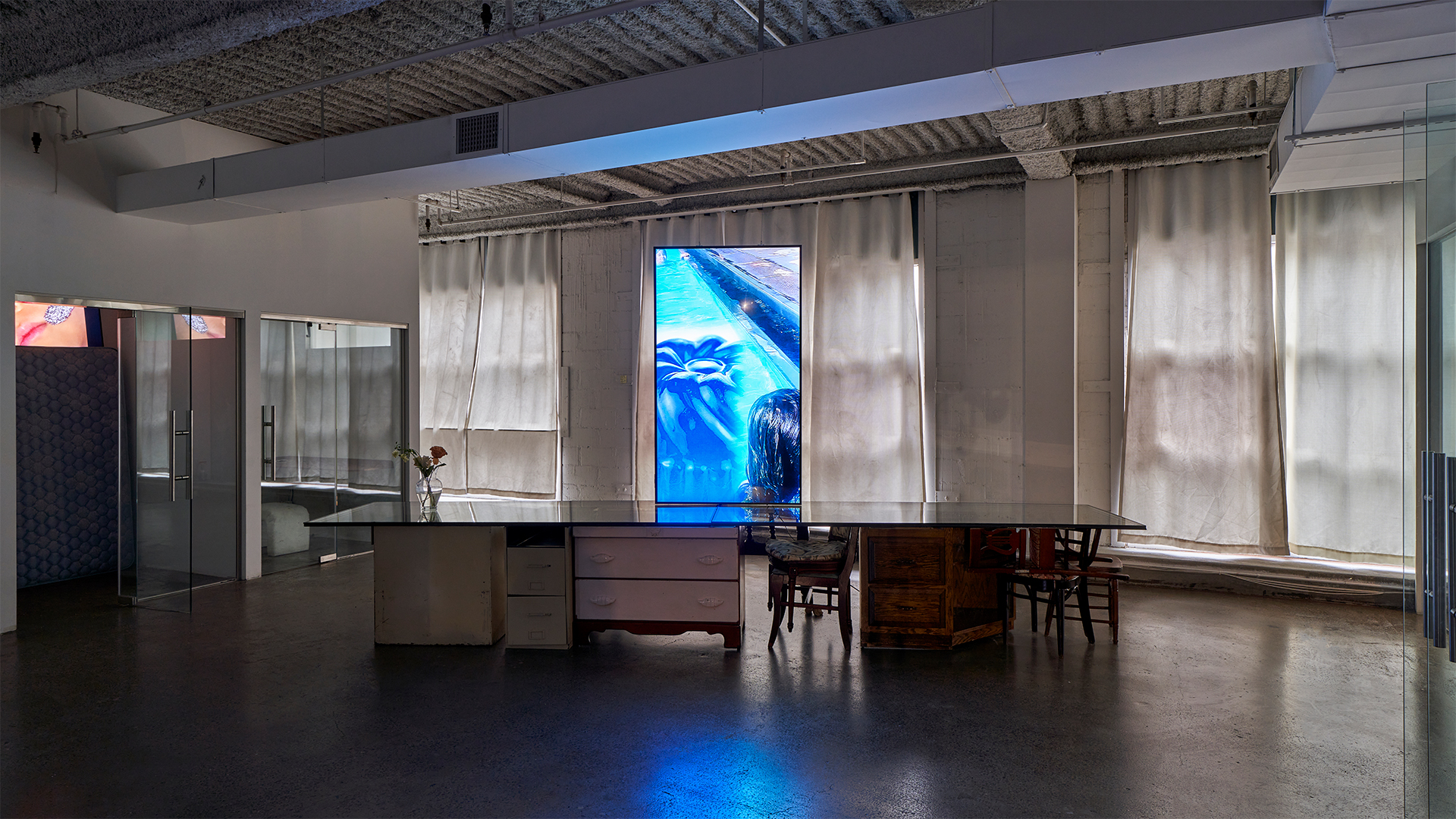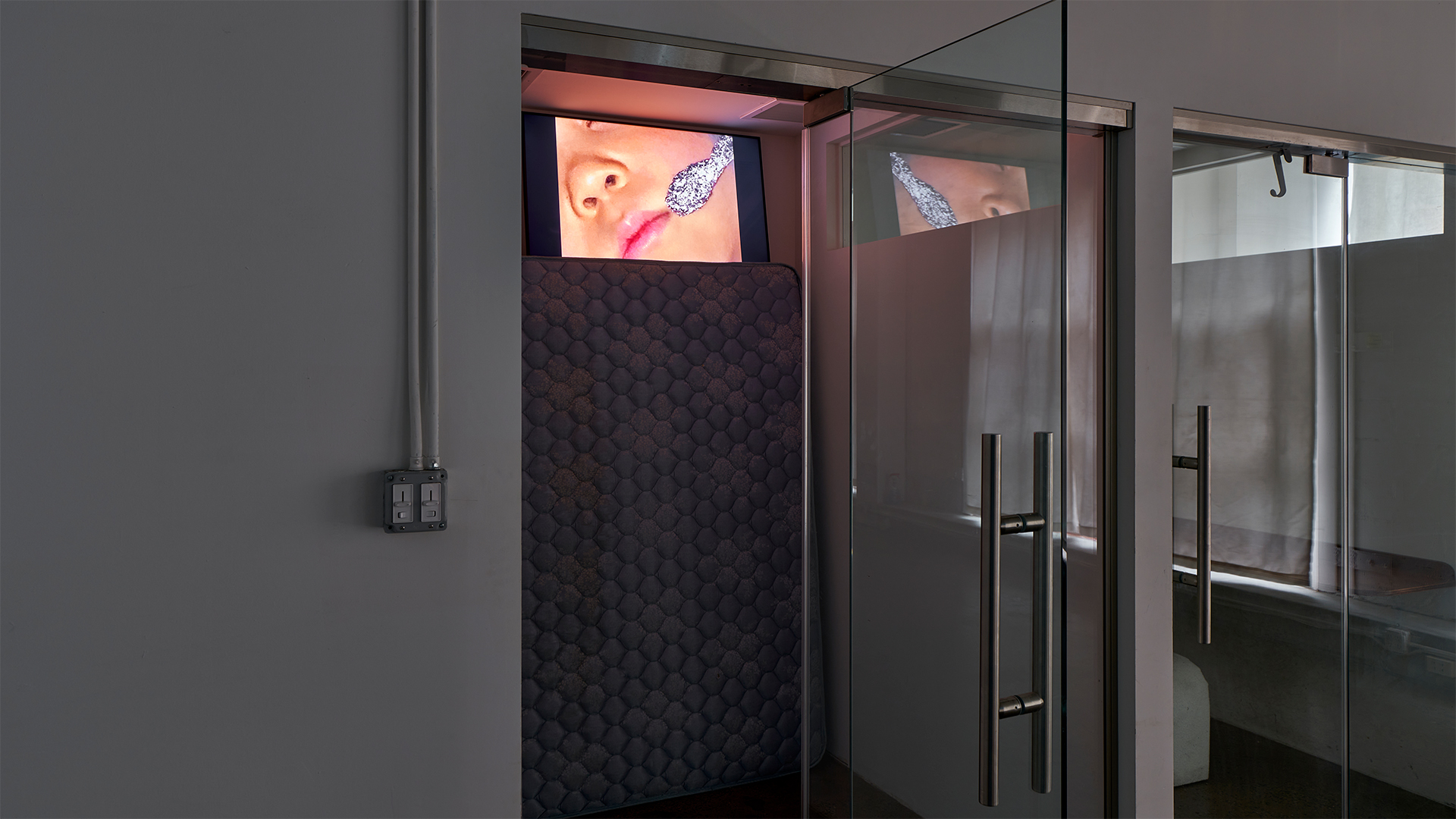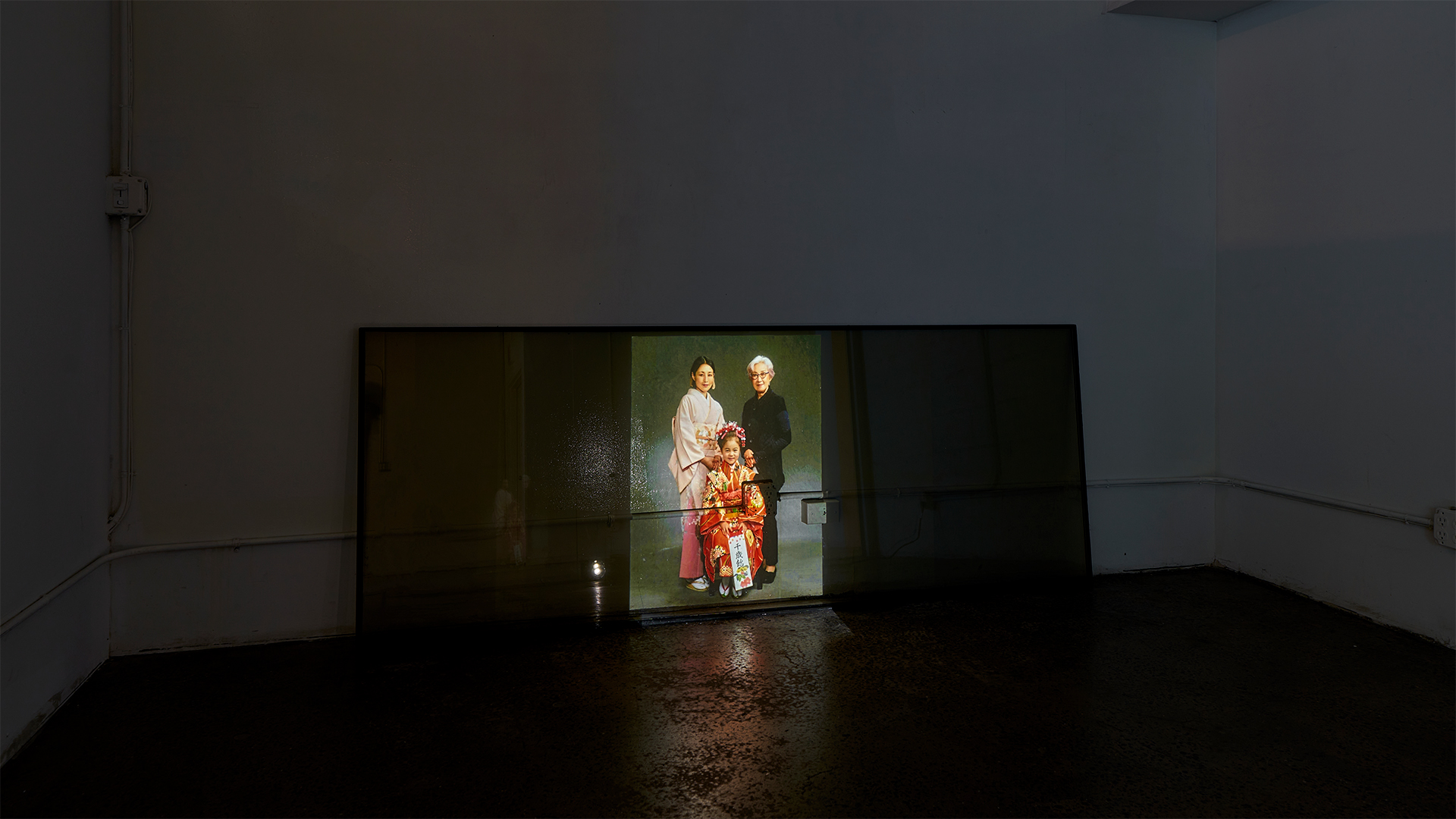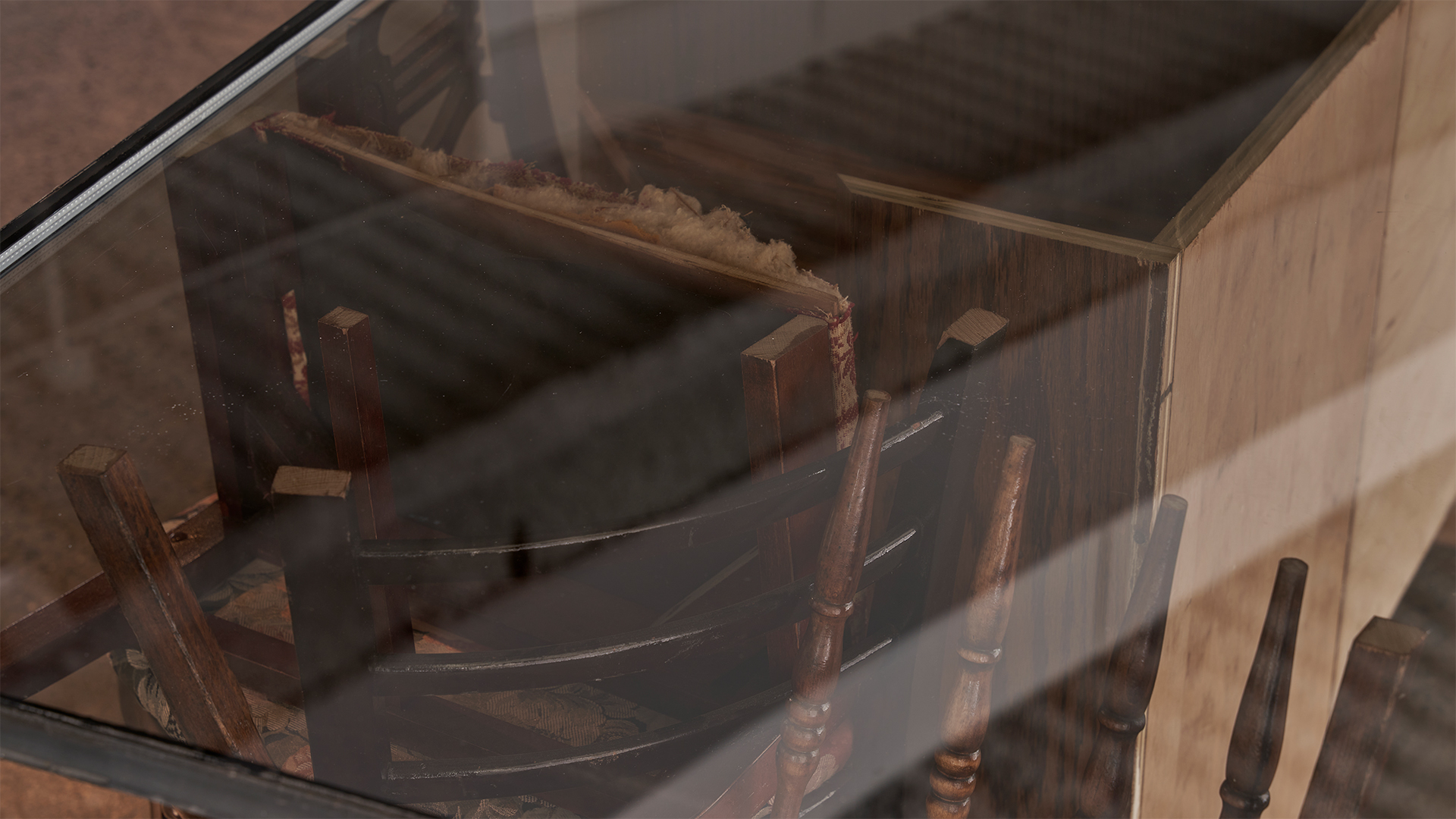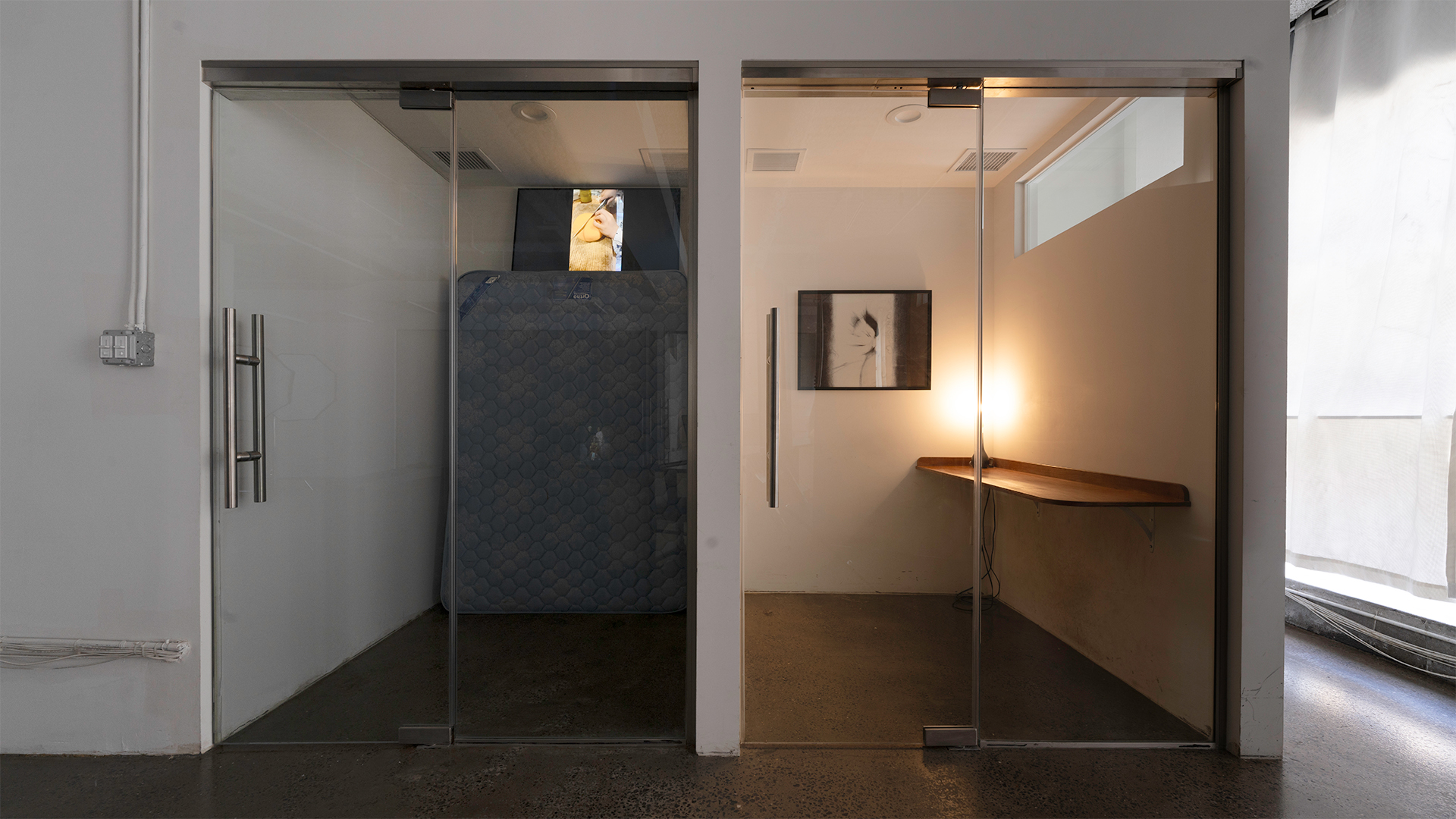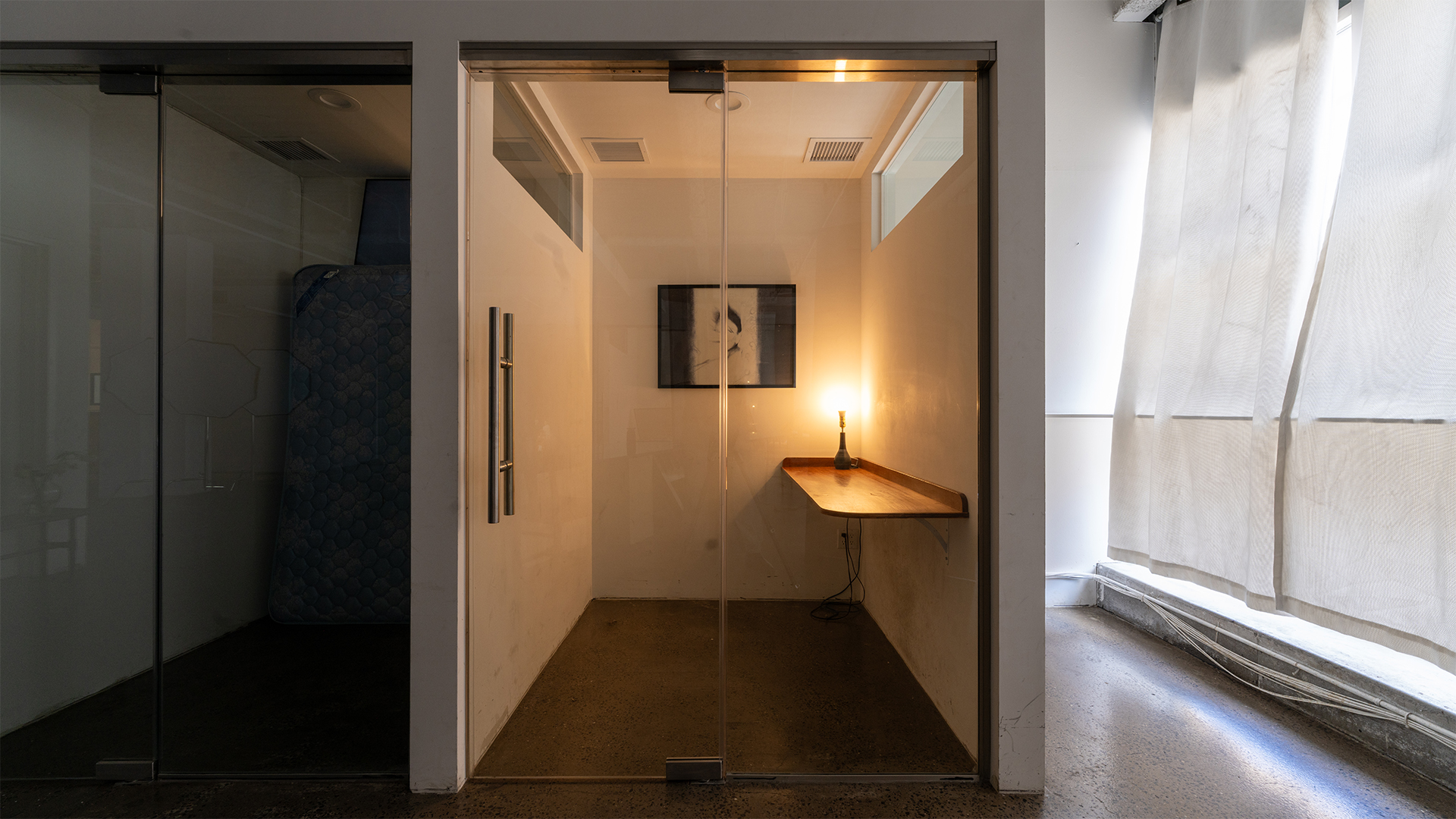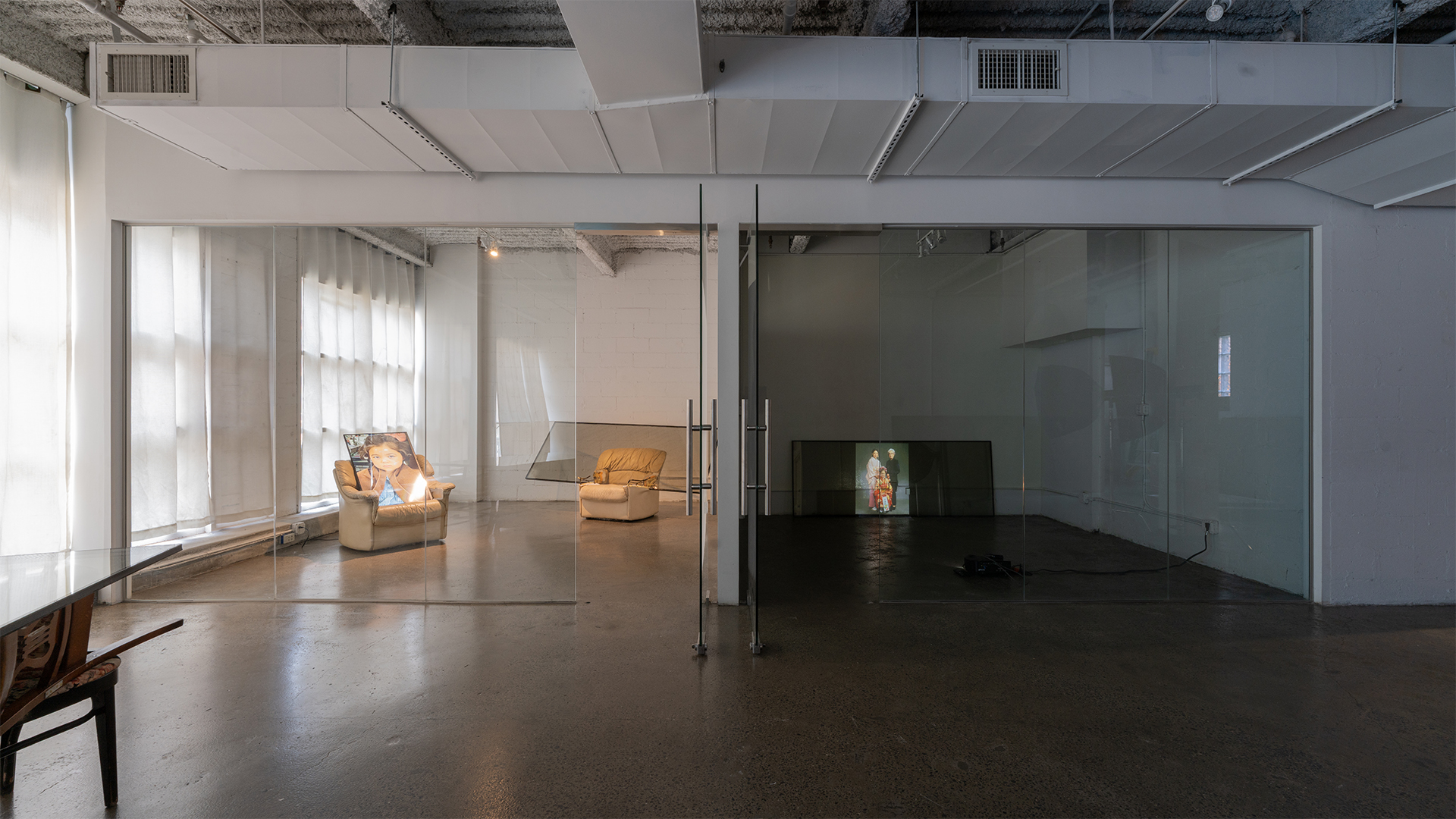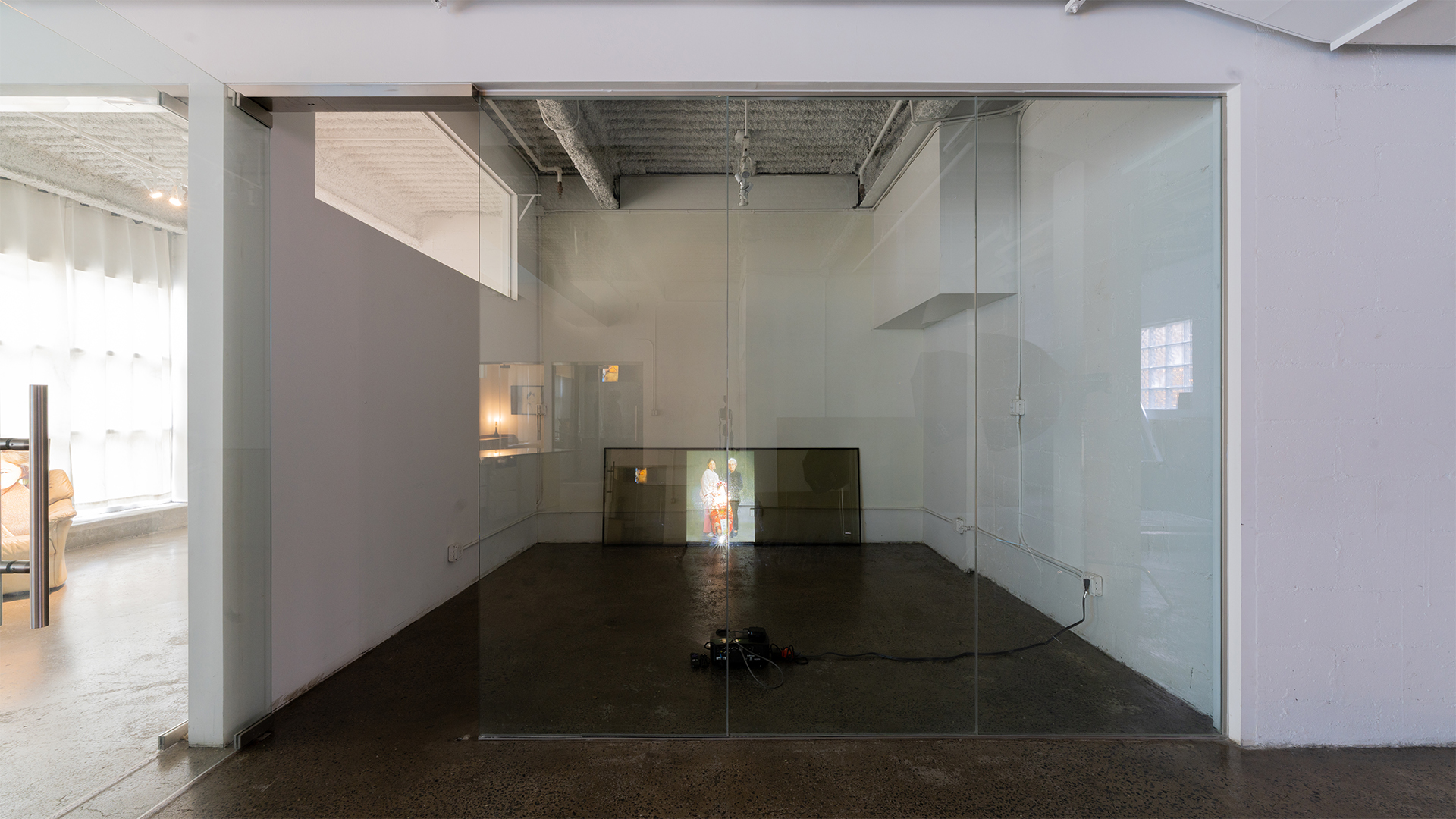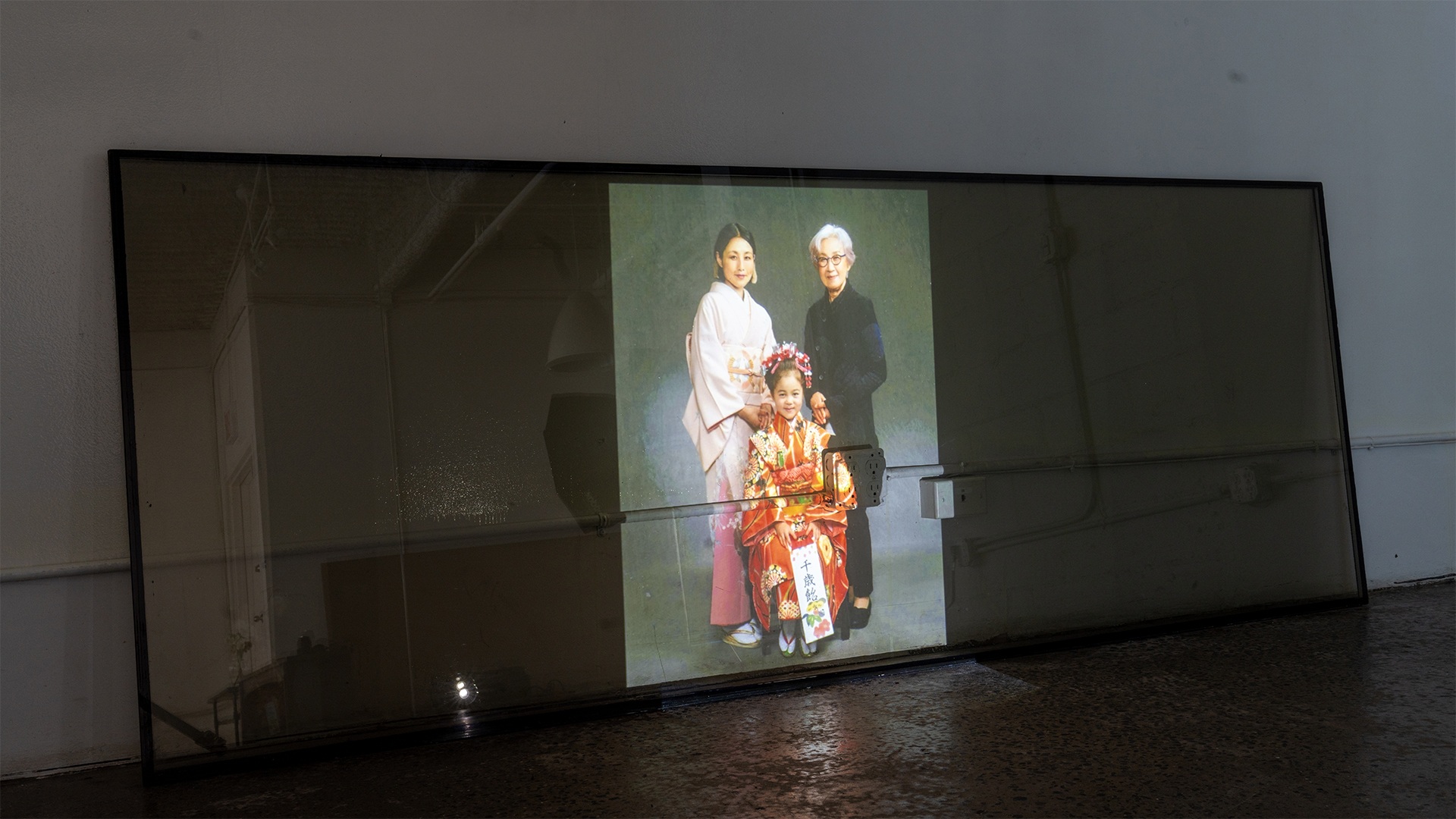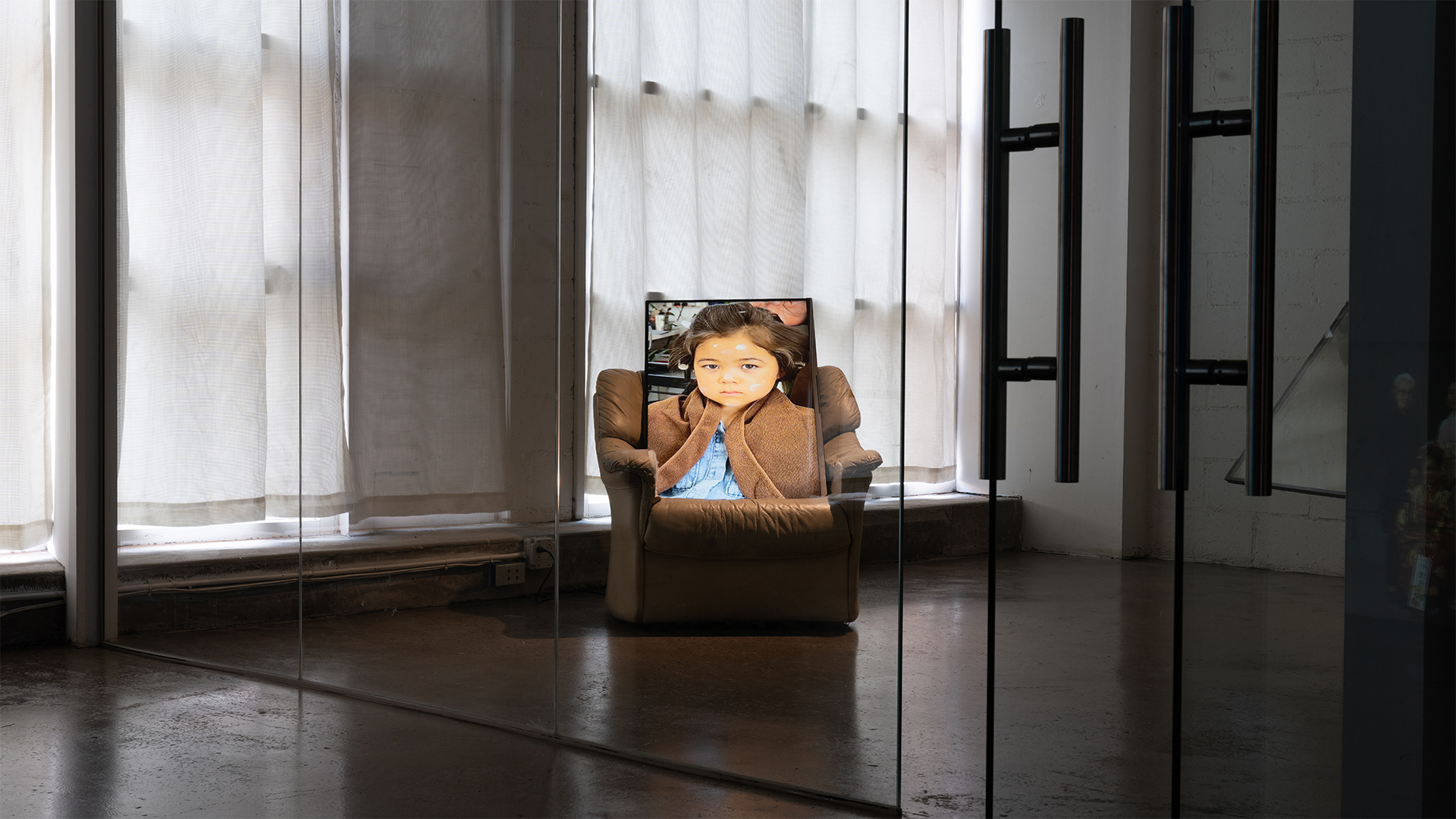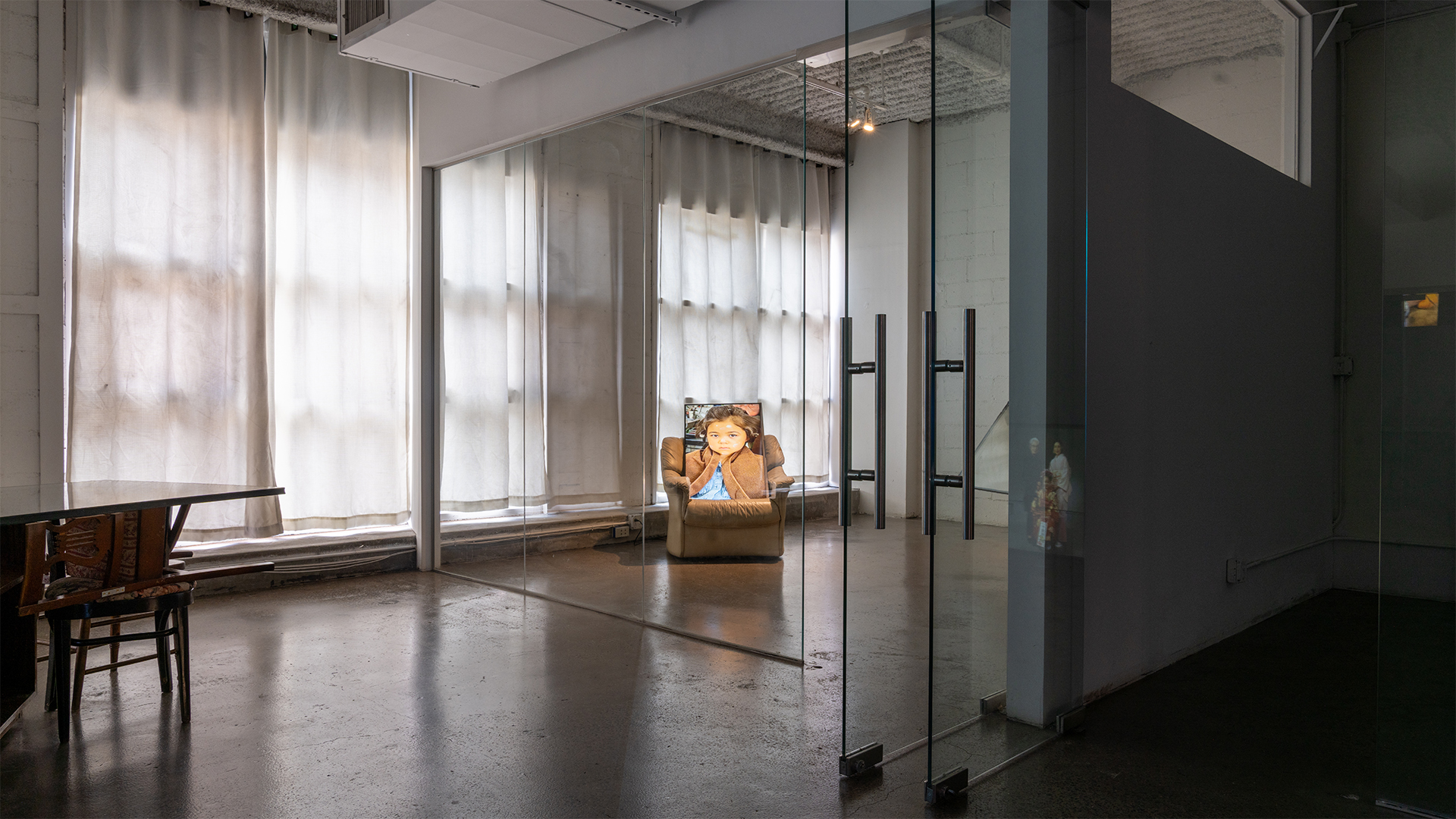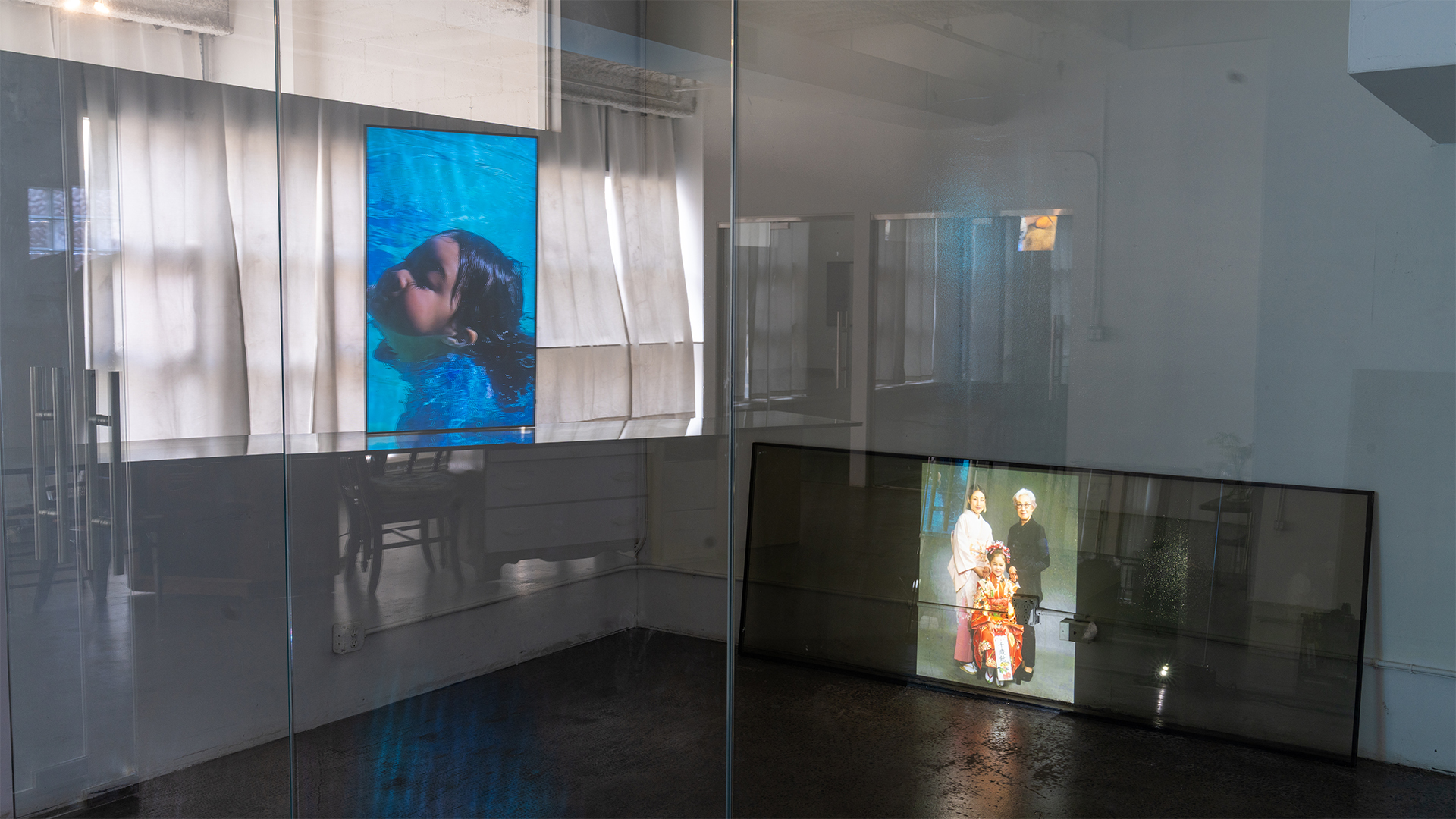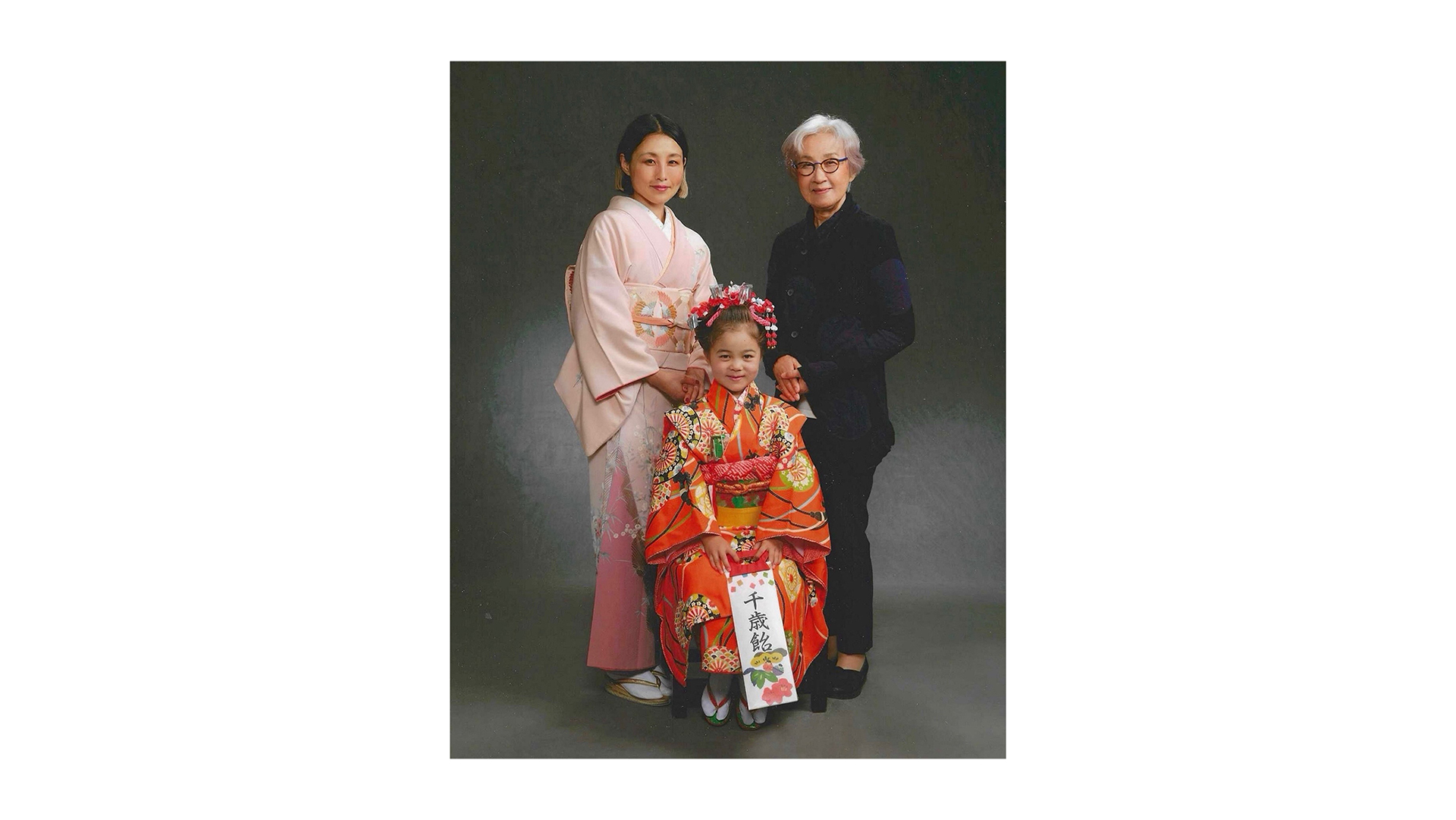Contending with the demands of motherhood after the birth of her son, filmmaker Agnès Varda had a 300-foot electrical "umbilical cord" installed in her home. Like an astronaut tethered to the mothership, Varda connected her camera to her cables and ventured outside, resolving to work within her means. The result was Daguerréotypes (1976), one of the twentieth century’s most innovative documentaries, acclaimed for its nuanced portraits of neighborhood shopkeepers––shot entirely within the span of her electrical equipment.
Reconciling the struggle between parenting, art, and autonomy is a deed passed down. Enter Aki Goto (b. Tokyo, Japan, 1978), a member of the fellowship of superhumans who miraculously juggle art and motherhood. Goto's non-linear experimental home videos offer an unorthodox yet highly relatable fusion of these occupations. Using her iPhone to capture everyday life with her children, Goto produces lo-fi audio and special effects with a DIY ethos, instinctively merging life and art. As if responding to author Sheila Heti's maxim that one does not have a child, one does it, Goto does art while driving her kids to school, preventing poolside mishaps, and tucking them into bed.
Blending the diaristic rigor of Jonas Mekas with the technical sagacity of Shigeko Kubota, Goto transforms the unspectacular activities of parenting into a creative collaboration––a theater of minor events. With her background as an avant-garde musician, Goto’s audio accentuates humorous, tender, and improvised moments typically overlooked. What’s radical about Goto's work, you ask? Imagine if Mekas, "the father of avant-garde cinema," and Kubota, "the mother of video art," had a rebellious art lovechild.
In Eyes on Shine, Goto's sophomoric exhibition at Europa in New York, the artist presents a multi-screen video installation featuring sculptural displays that alternate between horizontal and vertical orientations. The exhibition debuts three videos made between 2023 and 2025: the land has to be the warmth (a glitching day at the pool); Thundery (a sonic escapade unfolding over a dark and stormy night), and God Amused (a family trip to Japan for Shichi-go-san 七五三).
Known for her video studies on Instagram, Goto’s exhibition asserts her digital practice in three dimensions. At the center of the show is a large vertical screen that hovers over a glass tabletop. The mirrored surface, which rests on a base of secondhand furniture severed in half, reflects the glitching, shimmering psychedelia of adolescence playing out above.
Arranged throughout the gallery’s glass offices, two additional videos play on screens that recline on armchairs and rest on mattresses, echoing the portability of Goto’s practice. In one office, a traditional photograph of three generations of women––taken in Japan for Shichi-go-san––is projected through a large pane of glass. As the only static image in the exhibition, it emits a quiet resonance, evoking the unspoken maternal power dynamics it suggests. Again and again, Eyes on Shine reveals the disrobed realities of parenting unfolding within the debris of domestic life.
– Lola Kramer
Aspen Art Museum’s Chief Curator Daniel Merrit will present a screening of Goto’s work at the Roxy in Tribeca on May 22.

